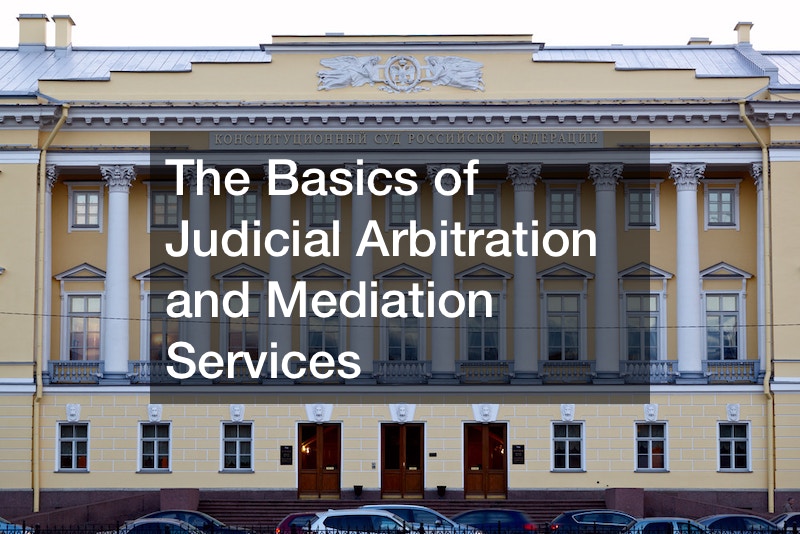
In this video, the reporter guides us through the details of three crucial methods for resolving disputes: judicial arbitration and mediation services. These methods involve a neutral third party assisting in resolving conflicts, often without a firm decision, which might result in the involved parties seeking separate legal actions if an agreement cannot be reached.
Arbitration, a more formal process, engages a third person, often a judge or lawyer, to facilitate dispute resolution. It’s highlighted for its adaptable format, ranging from informal to formal hearings, with some rulings being final and legally binding.
Moving to litigation, which is a formal legal action, it navigates through the court system and involves appointed judges, diverging from the impartial figures present in mediation or arbitration.
The importance of neutrality in mediators is strongly emphasized, cautioning against personal connections or vested interests that could compromise the fairness of the process. The reporter also touches upon the common inclusion of dispute resolution clauses in contracts, emphasizing the necessity of mutual agreement when establishing such arrangements.
The reporter warmly encourages seeking personalized guidance for matters related to mediation, arbitration, or litigation without specifically promoting a particular service. Taking advantage of free consultations can provide invaluable insights, empowering you with the clarity and understanding needed to navigate the mediation system.
.





